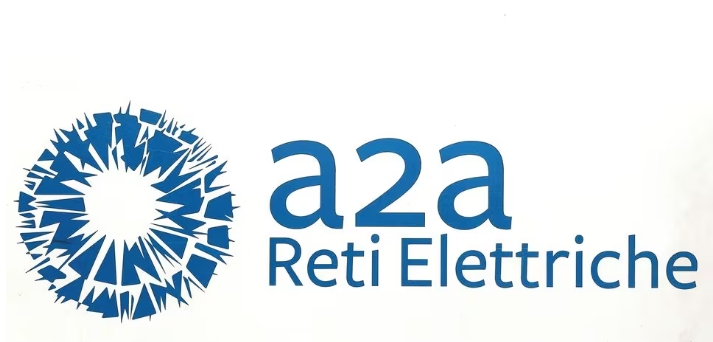
Brescia lies in Lombardy, one of the country's most densely populated and polluted regions.
The new technology at the plant, which uses heat generated by Italy's largest waste incinerator, will create additional thermal energy for 12,500 households for the same amount of waste processed, reducing the use of gas to heat buildings and raising the efficiency of Brescia's incinerator to 98% from 84%, A2A said.
The model "sees Brescia as a forerunner, but which we want to export to other territories," A2A Chief Executive Renato Mazzoncini told reporters at the inauguration of the new plant.
A2A claims the investment could cut carbon emissions from the plant by 40%.
Brescia's mayor, Laura Castelletti, said the technology could help cut emissions in the valley by the River Po, an industrial swathe of northern Italy which houses almost a third of Italy's population, though other measures were also needed.
A2A runs another waste-to-energy plant named Silla2 in Milan, Italy's financial capital, which often ranks among the most polluted cities in Europe.